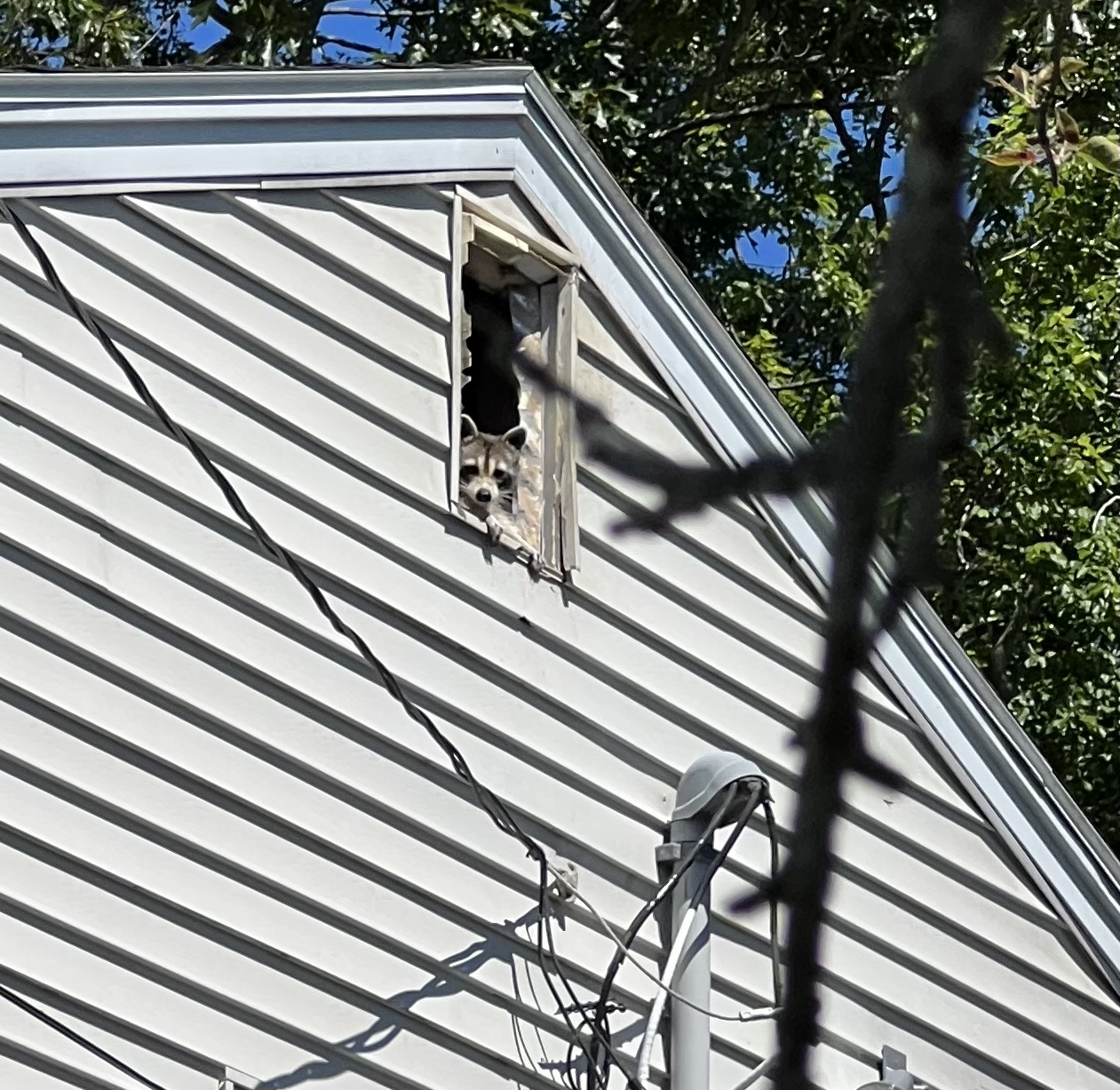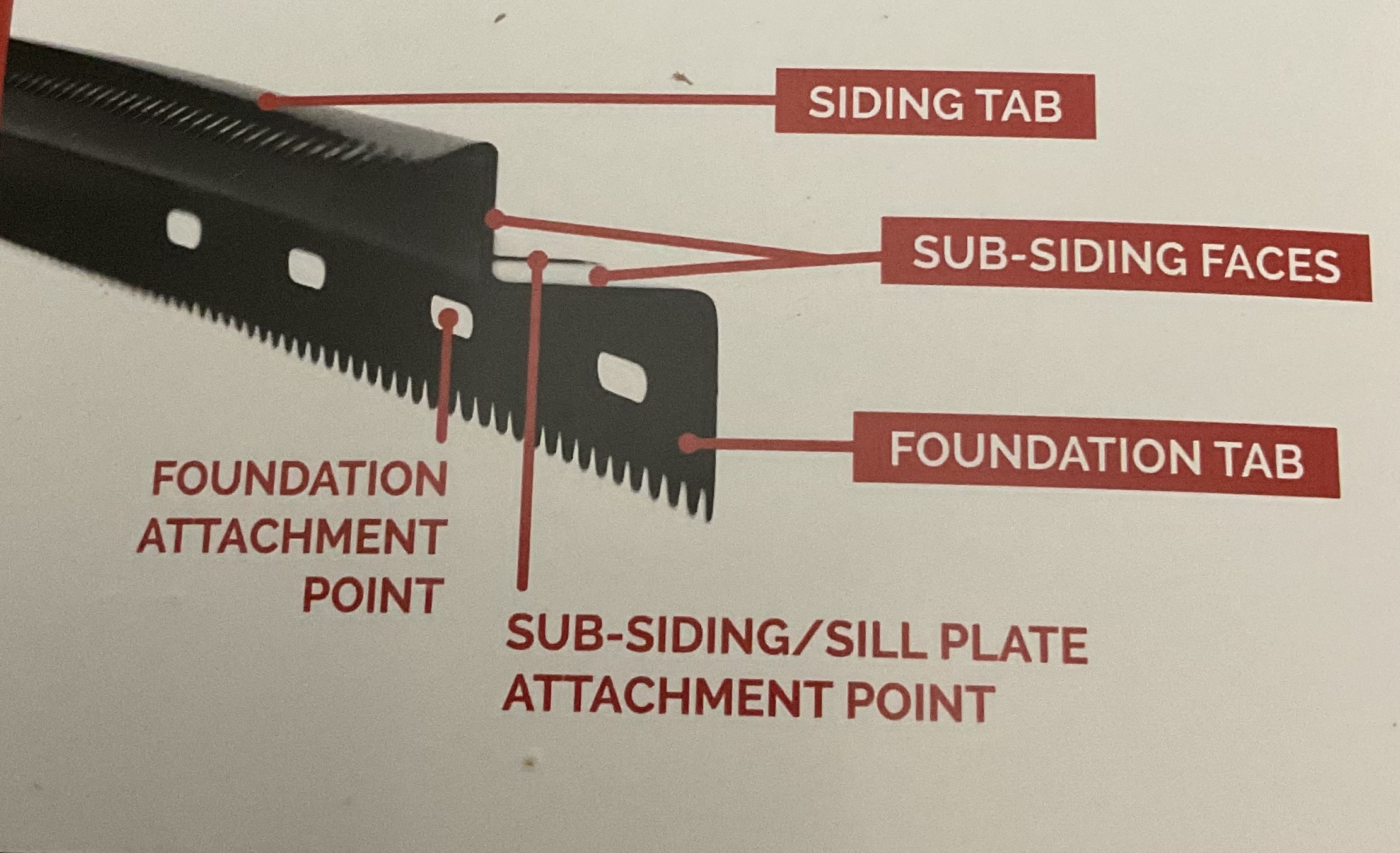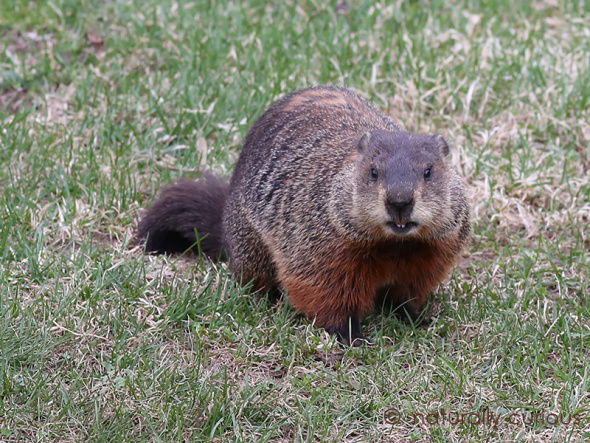Stop Wasting Money on DIY Wildlife Removal: 10 Reasons Massachusetts Homeowners Call Us Instead
- harveysanimalevict
- Oct 7
- 3 min read
DIY wildlife removal costs Massachusetts homeowners more money than professional services. Failed attempts create larger problems. Property damage increases. Medical bills accumulate from injuries and disease exposure.
Professional wildlife control eliminates these cascading costs through effective first-time solutions.
Reason #1: Safety Risks Generate Medical Expenses
Animal bites require immediate medical attention. Emergency room visits cost $1,500-$3,000 minimum. Rabies post-exposure prophylaxis treatments exceed $4,000 per person.
Wildlife carries diseases transmissible to humans and pets:
Raccoons: Rabies, roundworm, leptospirosis
Bats: Rabies, histoplasmosis
Skunks: Rabies, distemper
Squirrels: Salmonella, tularemia
Professional technicians use protective equipment and follow safety protocols. Risk elimination prevents medical costs.

Reason #2: Inadequate Equipment Produces Failed Results
Hardware store traps fail frequently. Cheap materials break under animal stress. Improper trap placement yields zero captures.
Required professional equipment:
Species-specific trap designs
Heavy-duty construction materials
Proper bait selection
Strategic placement knowledge
Homeowners purchase multiple trap types after initial failures. Equipment costs accumulate without results.
Reason #3: Store-Bought Deterrents Waste Money
Over-the-counter repellents show minimal effectiveness. Spray treatments require frequent reapplication. Granular products wash away during rain.
Common ineffective products:
Ultrasonic devices
Mothball treatments
Commercial spray repellents
Predator urine scents
Animals adapt to deterrents quickly. Repeated purchases generate ongoing expenses without problem resolution.
Reason #4: Legal Violations Create Penalties
Massachusetts wildlife laws restrict removal methods and timing. Migratory bird protections apply year-round. Endangered species regulations carry heavy fines.
Legal requirements include:
Proper disposal of deceased animals
Humane treatment standards
Species-specific handling protocols
Seasonal restrictions on removal
Violations result in fines ranging from $500-$10,000 per incident. Professional services maintain current legal compliance.

Reason #5: Disease Contamination Requires Professional Cleanup
Animal waste contains harmful pathogens. Urine soaks into insulation and wood structures. Fecal matter accumulates in hidden areas.
Contamination risks include:
Respiratory infections from airborne particles
Skin contact with parasites
Contaminated food and water sources
Structural damage from acidic urine
Professional remediation includes waste removal, disinfection, and insulation replacement. DIY cleanup exposes families to health hazards.
Reason #6: Incomplete Solutions Allow Re-Entry
Animals return through unsealed entry points. Temporary barriers fail under pressure. Incomplete exclusion work provides false security.
Entry points require permanent sealing:
Roof line gaps and damaged vents
Foundation cracks and openings
Chimney and attic access points
Damaged siding and trim areas
Professional exclusion work includes comprehensive sealing with durable materials. Partial DIY efforts waste time and money.

Reason #7: Property Damage Increases Repair Costs
Improper removal methods damage building materials. Aggressive trapping attempts break structural elements. Chemical treatments stain surfaces permanently.
Common DIY damage includes:
Broken roof tiles and shingles
Damaged siding and trim work
Stained concrete and wooden surfaces
Destroyed insulation and vapor barriers
Repair costs often exceed professional removal service fees. Property damage reduces home value.
Reason #8: Time Investment Equals Lost Income
Wildlife removal requires multiple site visits. Trap monitoring consumes daily time. Research and preparation demand hours of effort.
Time requirements include:
Initial problem assessment
Equipment research and purchase
Installation and monitoring
Cleanup and repair work
Professional time equals lost wages for employed individuals. Hourly rate calculations show DIY time costs exceed service fees.
Reason #9: No Prevention Strategy Allows Future Problems
DIY removal addresses current animals only. Root causes remain unidentified. Habitat modifications go unimplemented.
Prevention requires:
Comprehensive property inspection
Attractant source elimination
Structural vulnerability assessment
Long-term monitoring systems
Animals return seasonally without prevention measures. Repeated removal attempts multiply costs annually.

Reason #10: Repeated Failures Compound Expenses
Initial DIY attempts fail frequently. Additional equipment purchases follow failures. Multiple service calls become necessary eventually.
Cumulative DIY costs include:
Multiple trap and deterrent purchases
Repeated cleanup supplies
Emergency repair materials
Final professional service calls
Total DIY expenses exceed professional service costs by 200-400% on average.
Professional Service Value
Harvey's Animal Evictions provides comprehensive wildlife removal with guaranteed results. Single service calls resolve problems permanently. Licensed technicians follow all safety and legal protocols.
Service benefits include:
Complete problem assessment
Humane animal removal
Thorough contamination cleanup
Permanent exclusion installation
Written service guarantees
Professional services eliminate DIY risks and provide long-term solutions. Cost-effective problem resolution protects property values and family health.
Massachusetts homeowners save money through professional wildlife control services. Immediate problem resolution prevents escalating costs and damages.

Comments